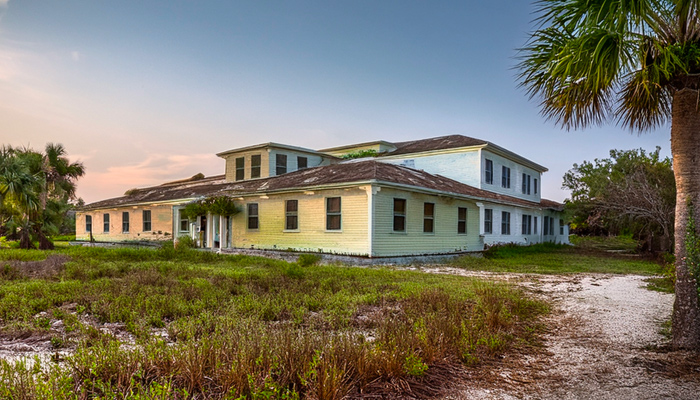
Rising Insurance Costs Push Florida Senior Living to the Brink
Surging property insurance rates are forcing assisted-living operators into bankruptcy and putting pressure on the state’s ability to care for its growing elderly population.
Florida’s reputation as a retirement haven is facing serious financial strain. Assisted-living centers and nursing homes across the state are struggling to stay afloat as property insurance premiums climb at an unprecedented pace. More frequent and severe storms have sent costs soaring, and many operators are reaching a breaking point.
In early 2024, Palm Garden Healthcare closed one of its assisted-living facilities because it simply couldn’t keep up with the rising expenses. “Our property insurance bill more than doubled in two years to $2.2 million,” said Rob Greene, President and CEO of the 14-location nursing home chain.
The closures are happening in a state with one of the largest elderly populations in the country. Baby boomers continue to move to Florida for its warm weather and low taxes, but the growing financial burden on senior care facilities is creating a dangerous mismatch between demand and capacity.
Some operators are filing for bankruptcy, while others are scaling back or pausing their expansion plans. Families may soon face fewer choices for quality care, higher prices, or the difficult decision to relocate loved ones. The situation highlights how climate risk and a strained insurance market are colliding with the urgent need to support aging communities.
According to Claims Journal, “Commercial property insurance costs in Florida surged nearly five times the national pace last year, driving up premiums for nursing homes and assisted-living facilities. Over the five years through 2023, an average of 146 facilities closed each year, even as demand for senior care continued to grow.”
As Florida’s elderly population continues to grow, the rising cost of keeping senior care facilities open is more than a financial problem. It’s a looming challenge for families and communities who rely on these essential services. Without solutions, more closures may leave seniors with fewer options and greater uncertainty about where they will live and receive care.
#SeniorCareCrisis | #AgingInAmerica | #FloridaHealthcare | #CostOfCare





